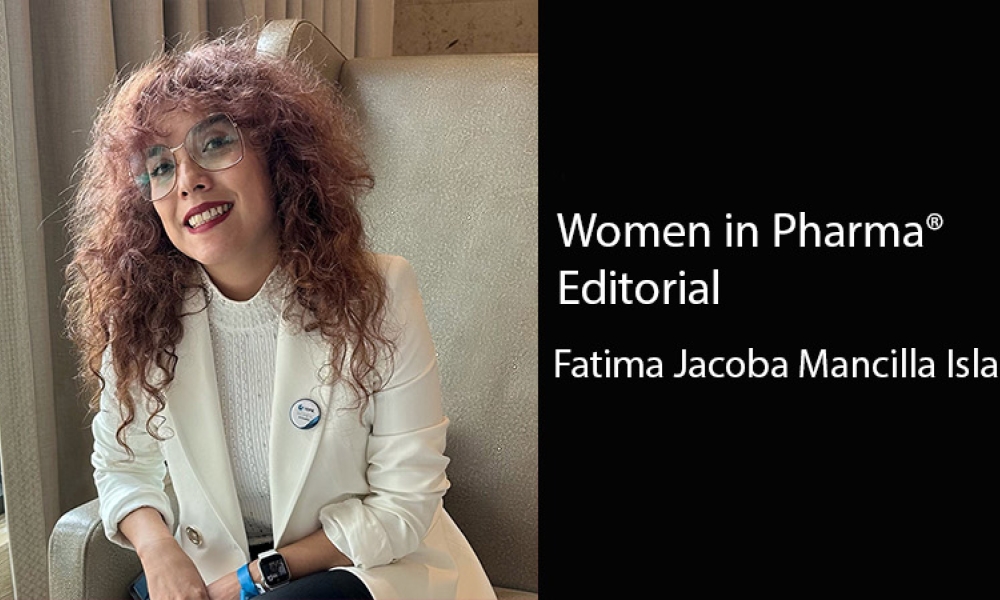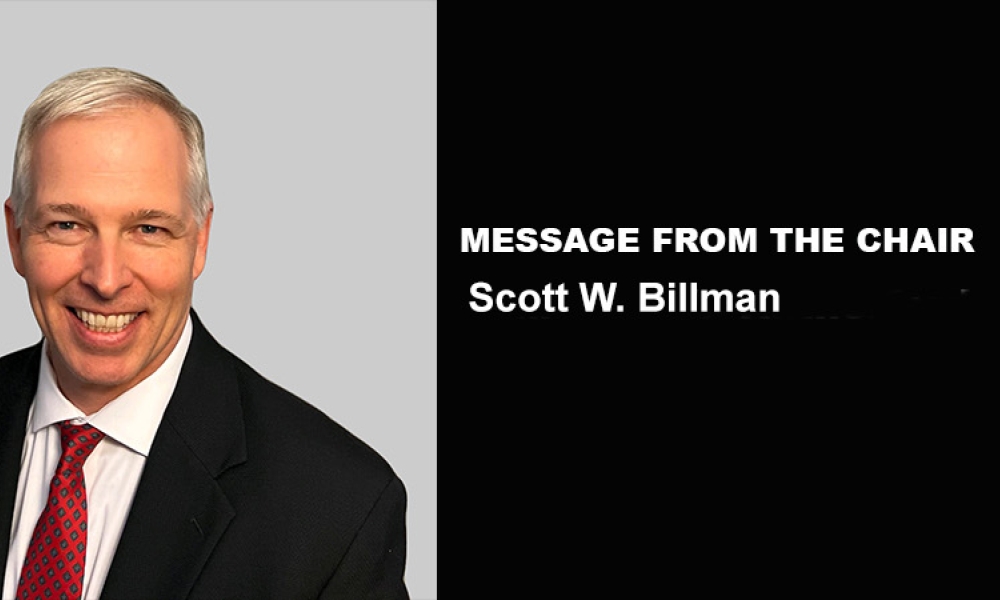Compliance & Sustainability: Conflict or Harmony?
Norman Goldschmidt is President of Genesis Architects, Engineers & Constructors. He has over 35 years of experience in engineering management, planning, design and construction in...



